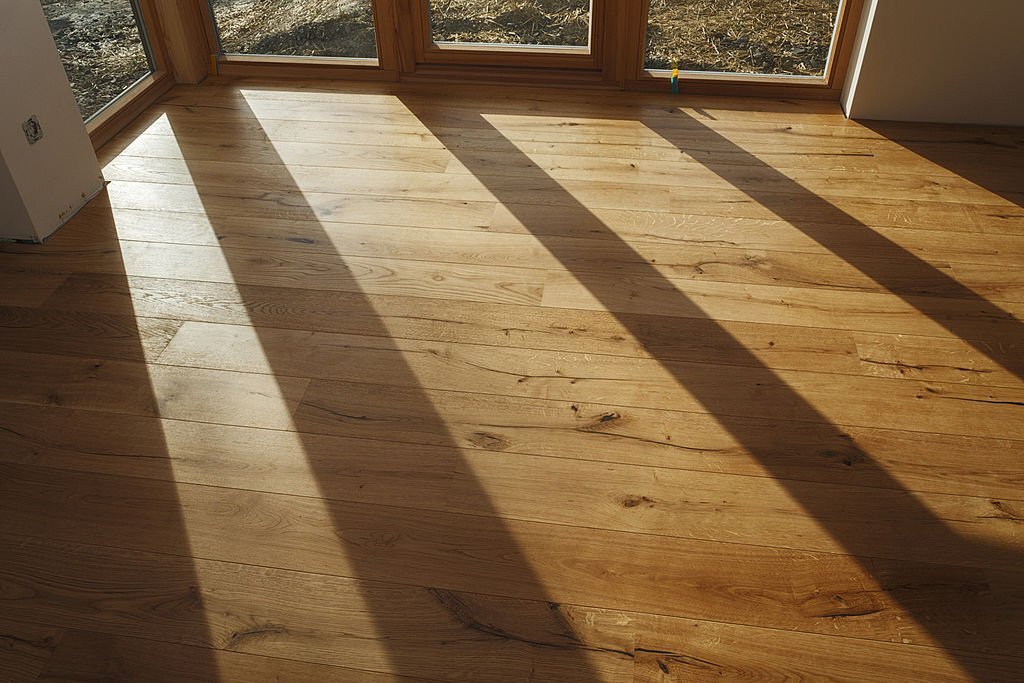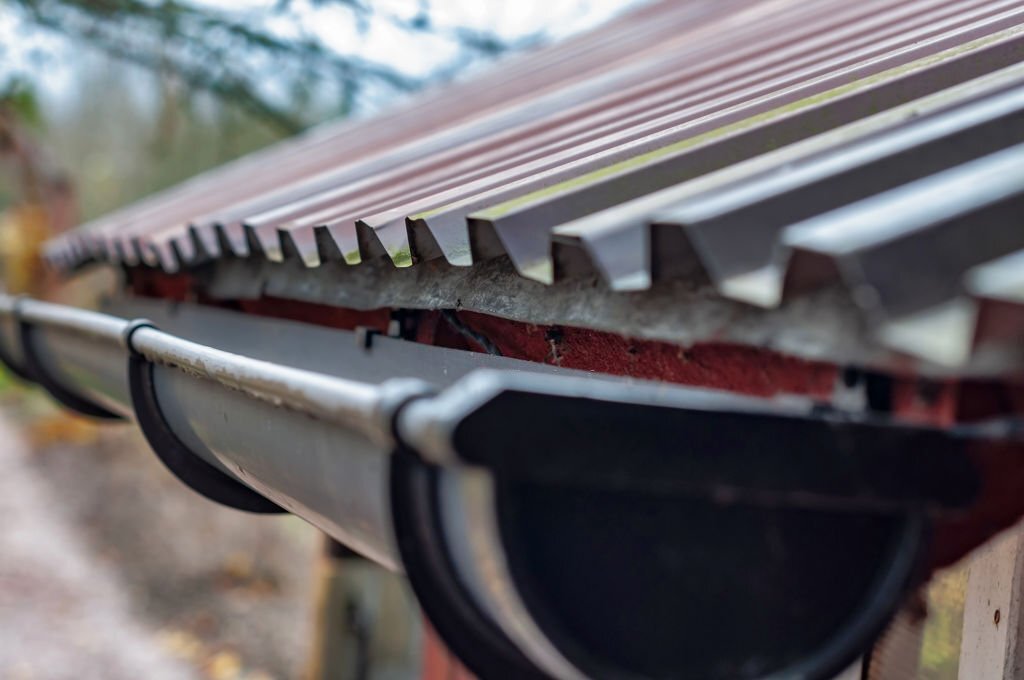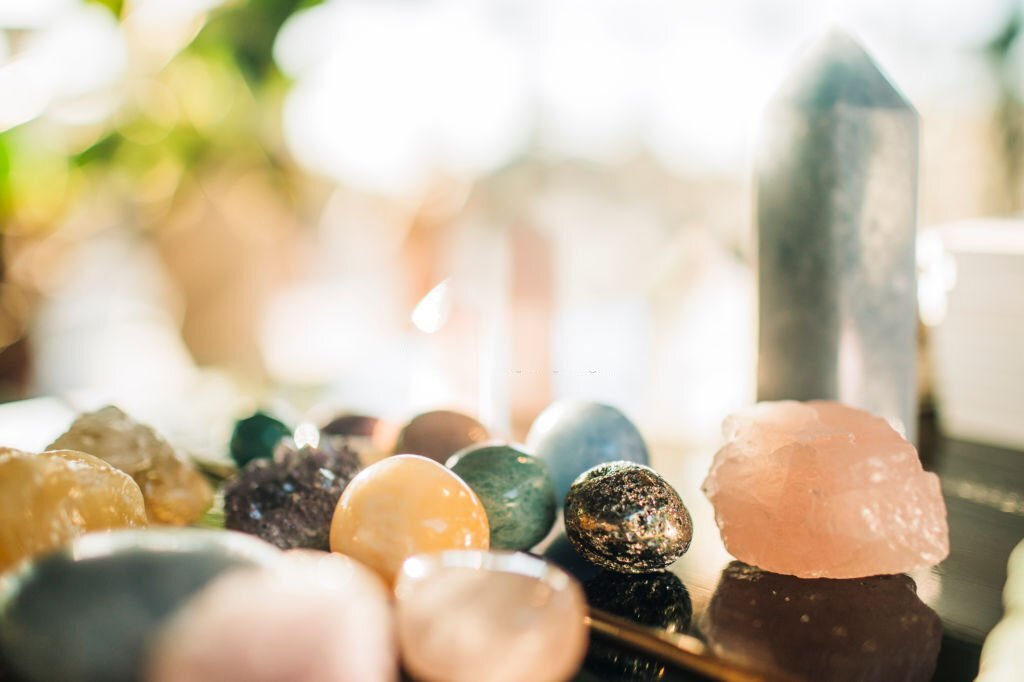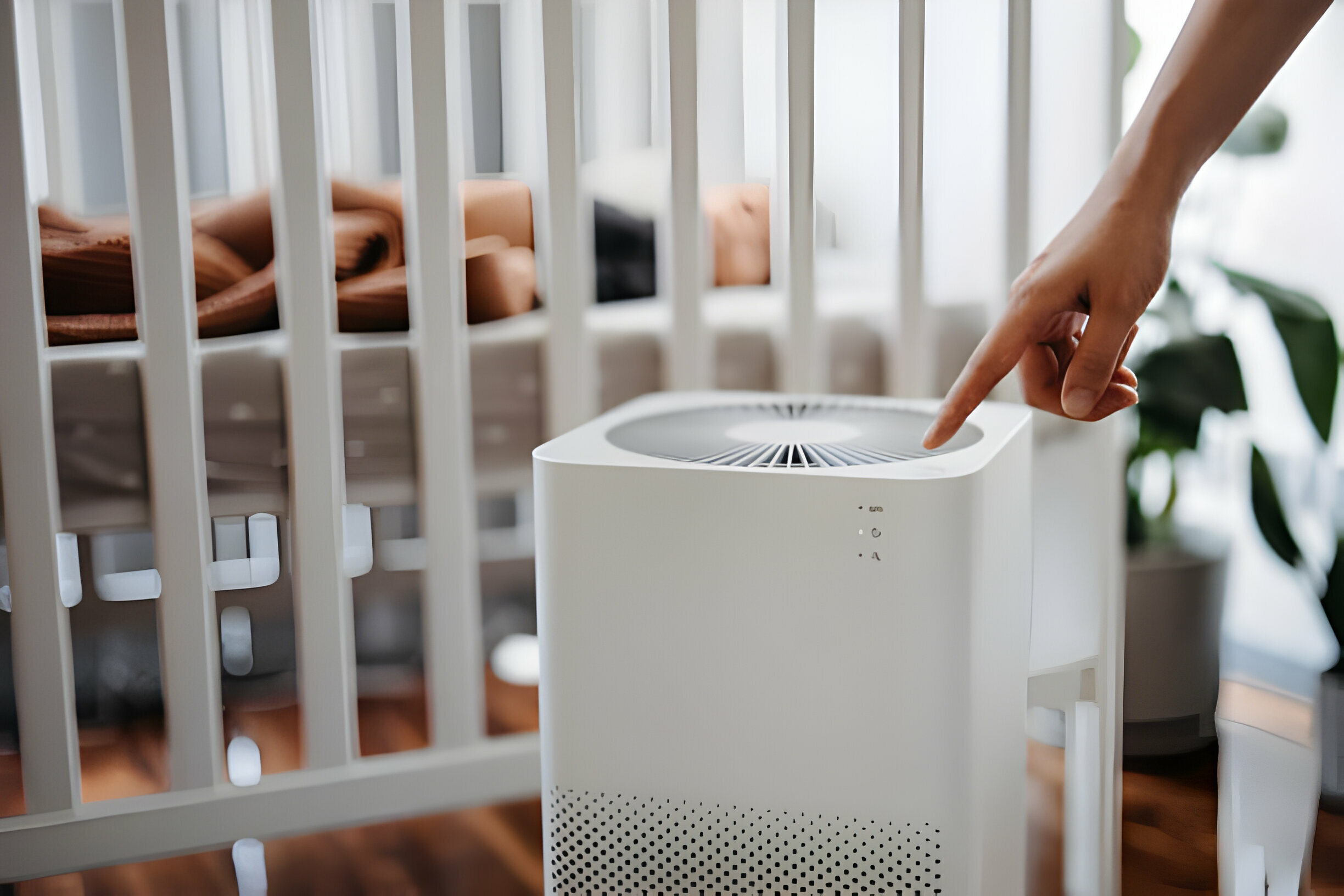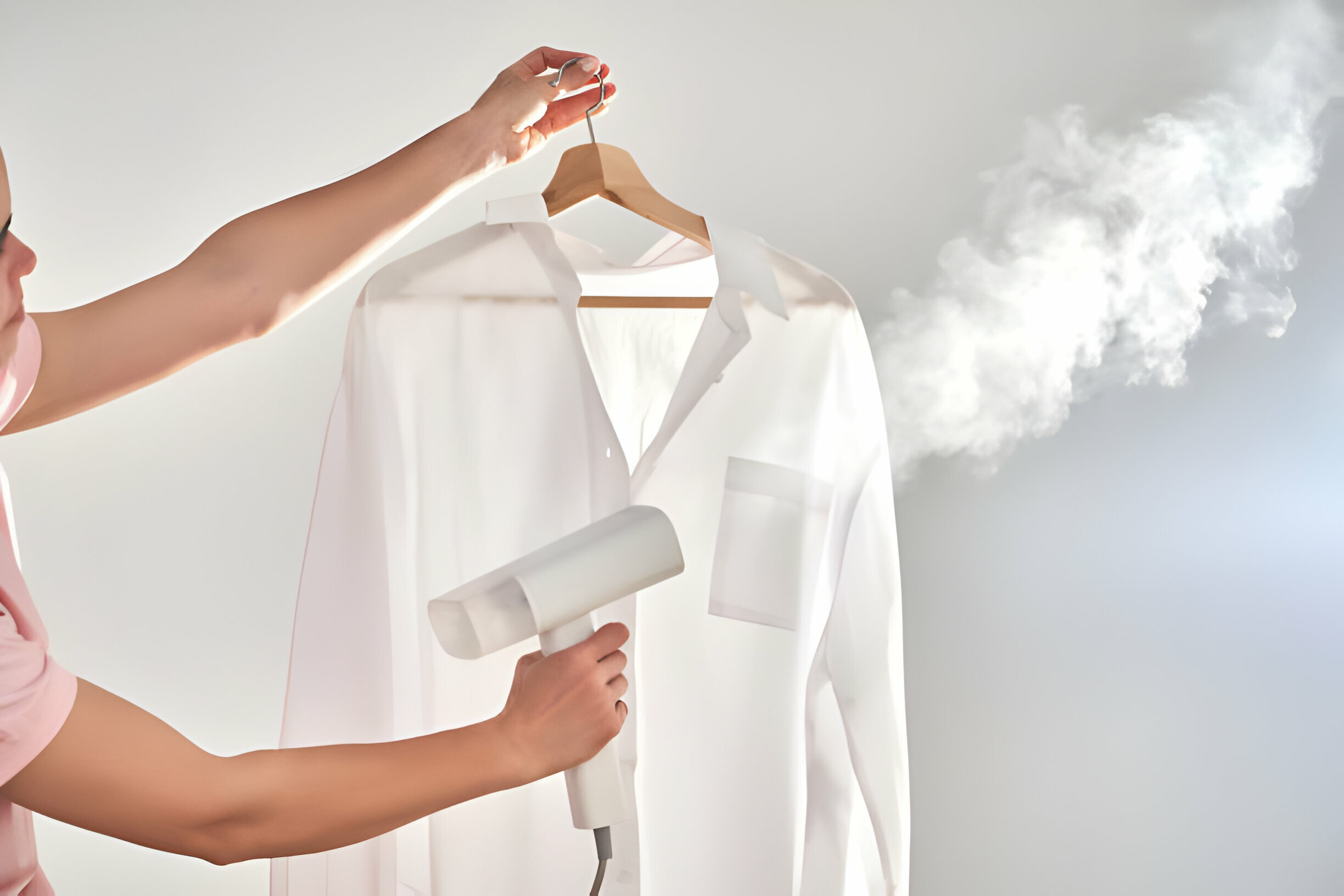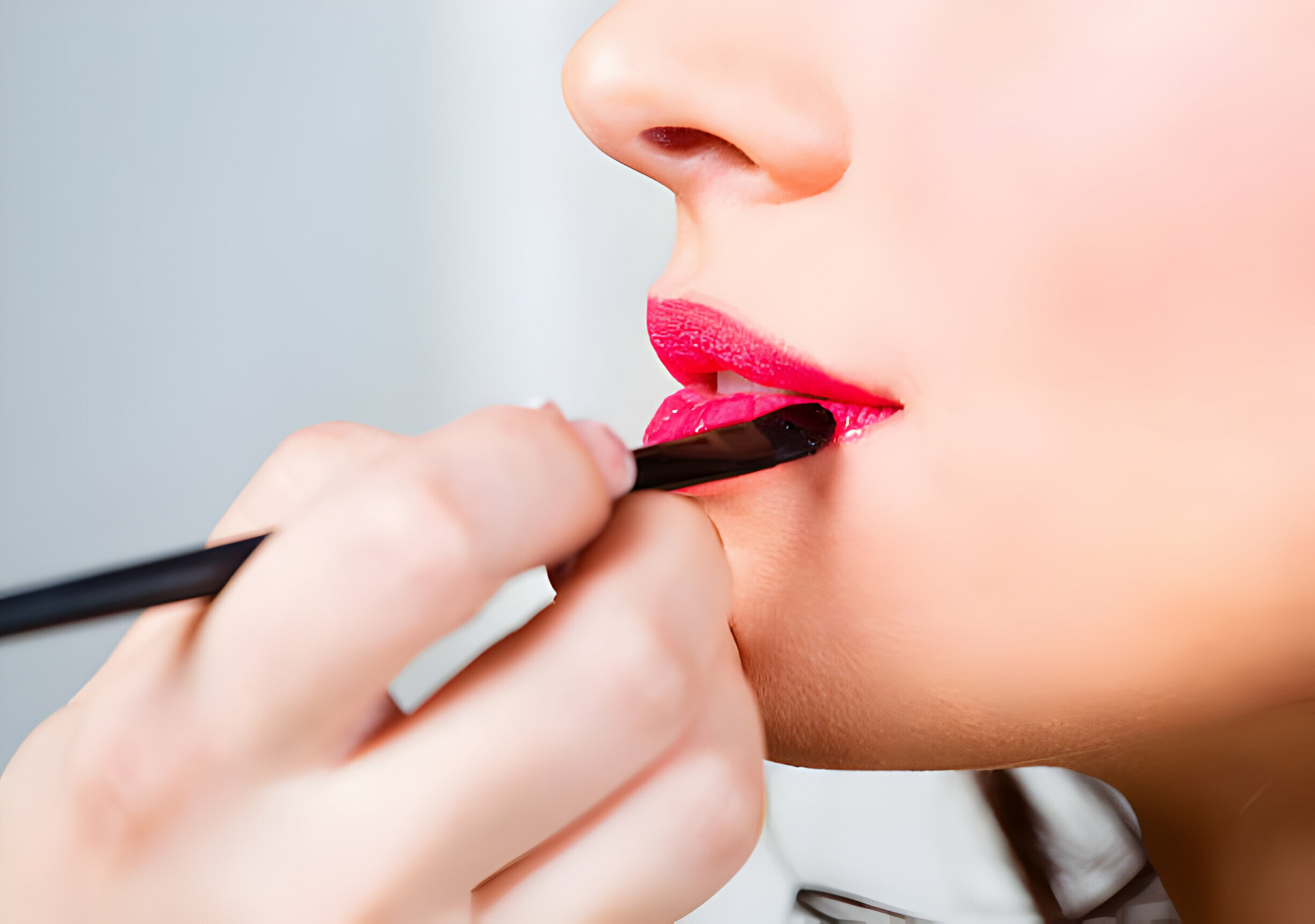6 Signs Of Mold Under Hardwood Floors – Unmasking Mold
The presence of mold under hardwood floors is a serious concern for homeowners. Mold growth not only poses potential health risks but can also cause significant damage to the flooring and the overall structure of a house. Identifying the signs of mold under hardwood floors is crucial for early detection and prompt remediation.
In this article, we will explore the various indicators that may suggest the presence of mold, such as musty odors, discoloration or stains, warping or buckling of floorboards, increased allergy or respiratory symptoms, excessive humidity or moisture, and squeaky or soft spots. By understanding these signs, homeowners can take appropriate measures to address the issue and create a healthier living environment.
What Is Mold?
Mold, a natural fungus, grows in hyphae and is essential for breaking down organic matter. Common home mold species include Aspergillus, Penicillium, Cladosporium, and Stachybotrys. To thrive, mold needs moisture, a food source, and the right temperature. Indoor mold can cause discoloration, weaken structures, and cause poor indoor air quality. Exposure to mold spores can lead to health issues, especially for those with allergies, asthma, or weakened immune systems. Identifying and addressing mold growth is crucial to minimize its impact on property and occupants’ well-being.
Understanding Mold Growth
Understanding mold growth is essential for preventing and controlling mold problems in buildings. Mold is a fungus that grows on moist organic materials with a suitable temperature range. Mold can cause health problems, such as allergies, asthma, and infections, as well as damage to the structure and appearance of the building. Several factors, such as moisture level, temperature, oxygen, nutrients, pH, and light, influence mold growth. Moisture is the most critical factor, as mold cannot grow without water. Temperature affects the rate of mold growth, with optimal temperatures ranging from 20°C to 40°C for most molds.
Oxygen is also essential for mold growth, as mold cannot survive in anaerobic conditions. Nutrients are provided by the organic materials that mold feeds on, such as wood, paper, fabric, or food. pH affects the availability of nutrients and the activity of enzymes that mold uses to break down organic matter. Light can affect the color and shape of mold colonies and the production of spores and toxins. By understanding these factors, one can prevent mold growth by eliminating or reducing the sources of moisture, maintaining adequate ventilation and air circulation, cleaning and disinfecting surfaces regularly, and using appropriate materials and coatings that resist mold growth.
Types Of Mold That Can Infect The Floor
Mold is a fungus that grows on organic materials in moist and warm conditions. Depending on the species and exposure level, mold can cause various health problems, such as allergies, infections, and toxicity. Many types of mold can infect the floor, but some of the most common ones are:
- Cladosporium: This mold is usually green, brown, or black and has a velvety or powdery texture. It can grow on wood, carpets, wallpaper, or acrylic-painted walls. Cladosporium is an allergenic mold that can cause respiratory problems, skin rashes, and eye irritation.
- Penicillium: This mold is usually blue or green and has a fuzzy texture. It can grow on spoiled food, moist walls, floors, carpets, or wallpaper. Penicillium is an allergenic and toxic mold that can produce mycotoxins, which can cause allergic reactions, asthma attacks, and infections.
- Alternaria: This mold is usually dark brown or black and has a woolly or hairy texture. It can grow on damp surfaces like floors, walls, carpets, or furniture. Alternaria is an allergenic mold that can cause hay fever, asthma, and skin infections.
- Stachybotrys: This mold is known as “black mold” for its greenish-black color and slimy or wet texture. It can grow on cellulose-rich materials like wood, paper, or fiberboard. Stachybotrys is a toxic mold that can produce mycotoxins, which can cause severe health effects, such as bleeding lungs, neurological disorders, and immune system suppression.
Signs of Mold Under Hardwood Floors

Here’s the sign of mold under the hardwood floors:
- Musty Odor: One of the most common signs of mold under hardwood floors is a musty, earthy odor. If you notice a persistent and unpleasant smell that resembles dampness or mildew, it could indicate the presence of mold. The odor is often more pronounced when the affected area is enclosed, such as in a room with closed windows or poor ventilation.
- Discoloration or Stains: Mold growth under hardwood floors can lead to visible discoloration or stains on the surface. You may notice dark spots, patches, or irregular patterns on the flooring. The pigmentation of mold colonies often causes these discolorations. Remember that not all discoloration on hardwood floors is mold, but it’s worth investigating further if you encounter such staining.
- Warping or Buckling of the Floorboards: Excessive moisture from mold growth can cause hardwood floorboards to warp or buckle. If your floors have become uneven or started to curve or bulge, it may indicate underlying moisture issues. Mold can weaken the structural integrity of the floorboards, causing them to deform over time.
- Increased Allergy or Respiratory Symptoms: Mold spores can trigger allergic reactions or respiratory symptoms in sensitive individuals. If you or your family members experience unexplained allergy symptoms such as sneezing, coughing, wheezing, or nasal congestion that seems to worsen inside the house, mold under the hardwood floors could be a possible culprit. Prolonged exposure to mold spores can exacerbate respiratory conditions and cause health issues, particularly for those with allergies or asthma.
- Excessive Humidity or Moisture: Mold thrives in moist environments. Observing high humidity levels near your hardwood floors can indicate potential mold growth. Moisture-related issues like water leaks, condensation, or flooding can create the perfect conditions for mold to develop. Look out for dampness, water stains, or a general feeling of humidity in the area.
- Squeaky or Soft Spots: Mold growth can lead to structural damage in hardwood floors. As the mold grows and spreads, it can weaken the wood, causing it to become soft or spongy. If you notice areas on your hardwood floors that squeak or feel unusually soft or mushy when stepped on, it may indicate decay and mold-related damage beneath the surface.
How To Remove Mold From Flooring?
If you have mold on your flooring, you must act quickly to remove it and prevent further damage. Mold can cause health problems and ruin your floors. Here are some steps to follow to get rid of mold from different types of flooring:
- Mix one cup of bleach with one gallon of water for tile and grout and apply it liberally to the moldy areas with rags and a brush. Let it sit for a few minutes, then scrub and rinse well. Repeat if necessary.
- For wood and hardwood, use a mixture of one cup of borax and one gallon of water or an EPA-registered mold removal product. Spray or soak the moldy plywood with the solution and wait 10 minutes. Scrub the area with a soft-bristled brush and repeat the process twice. Dry the wood thoroughly with a towel or a fan.
- For vinyl and linoleum, use a chemical stripper or a heat gun to remove the flooring. Spray some water on the mold patches to reduce the spread of spores. Bag and dispose of the flooring and padding. Clean the subfloor with bleach or vinegar as described above.
- Distilled white vinegar kills more than 80% of mold species for laminate and concrete. Spray the vinegar on the moldy surface and let it sit for an hour. Wipe off the vinegar with a damp cloth and dry the area completely.
To prevent mold from growing on your flooring, keep the humidity levels in your home low, fix any leaks or water damage as soon as possible, and ventilate your rooms well. If you have a severe mold infestation or are allergic or sensitive to mold, you may want to call a professional mold remediation service for help.
Remediation and Prevention
When dealing with mold under hardwood floors, remediation, and prevention are essential to ensure a healthy living environment. Remediation involves the removal and cleanup of mold-infested areas, and it’s crucial to address the underlying moisture issue to prevent future mold growth. Depending on the extent of the mold damage, hiring a professional mold remediation service may be necessary to remove the mold and restore the affected area safely. Prevention is equally important to avoid mold recurrence.
This includes controlling indoor humidity levels, promptly fixing water leaks or spills, improving ventilation in moisture-prone areas, and regularly inspecting and maintaining the hardwood flooring. Good moisture barriers, such as vapor barriers, can also be installed during construction or renovation to prevent moisture from seeping into the flooring. By implementing effective remediation and prevention strategies, homeowners can mitigate the risk of mold under hardwood floors and create a healthier living environment for themselves and their families.
FAQs
Is There A Tool To Detect Mold?
Yes, mold testing kits are available as a tool to detect mold. These kits typically include test swabs, tape lifts, or air sampling devices that can be used to collect samples for analysis and determine the presence of mold spores.
Do Dehumidifiers Remove Mold?
Dehumidifiers help to control moisture levels in the air, which can discourage mold growth, but they do not remove existing mold. To address mold, it is necessary to remove the source of moisture and engage in proper remediation measures.
What Types Of Molds Grow On Hardwood Flooring?
Various types of molds can grow on hardwood flooring, including Aspergillus, Penicillium, Cladosporium, and Stachybotrys (black mold), among others.
How Much Does It Cost To Remediate Mold?
The cost of mold remediation can vary widely depending on factors such as the extent of mold growth, the size of the affected area, accessibility, and the need for specialized equipment or professional services. On average, mold remediation costs can range from a few hundred dollars to several thousand dollars.
Conclusion
Identifying and addressing mold under hardwood floors is crucial for maintaining a healthy living environment. The signs of mold, such as musty odors, discoloration, warping, or soft spots, should not be ignored, as mold can cause structural damage and health issues. By promptly addressing mold growth through professional remediation, repairing water issues, improving ventilation, and controlling moisture levels, homeowners can prevent mold recurrence and ensure a safe and mold-free living space for their families.
Claire Lower
Claire is LiveandFeel Senior Food Editor. She has a BS in chemistry, a decade of food journalism experience, and a deep love for mayonnaise and MSG. As a Senior Food & Beverage Writer for liveandfeel, where I generate exciting content covering topics such as culinary trends, recipes, and perhaps even health and wellness aspects related to food. that not only informs but also captivates a sizable audience.

